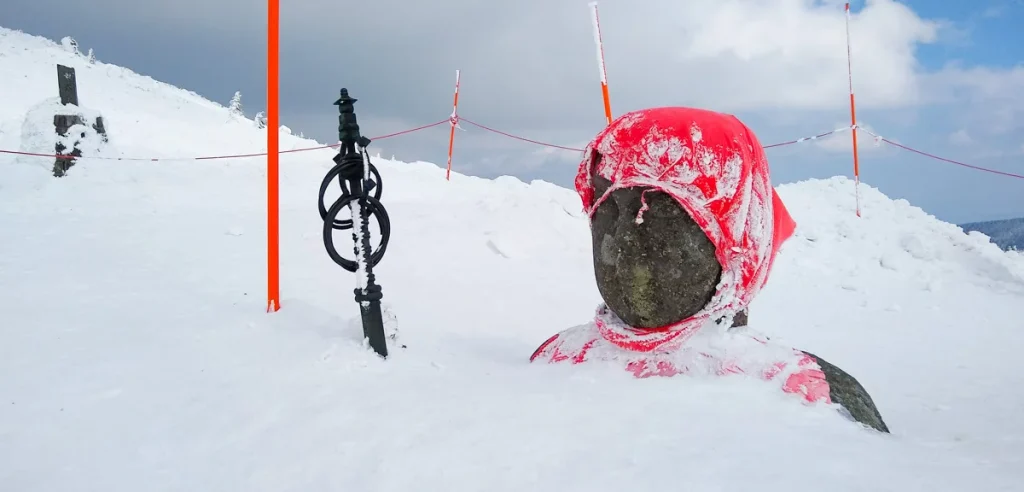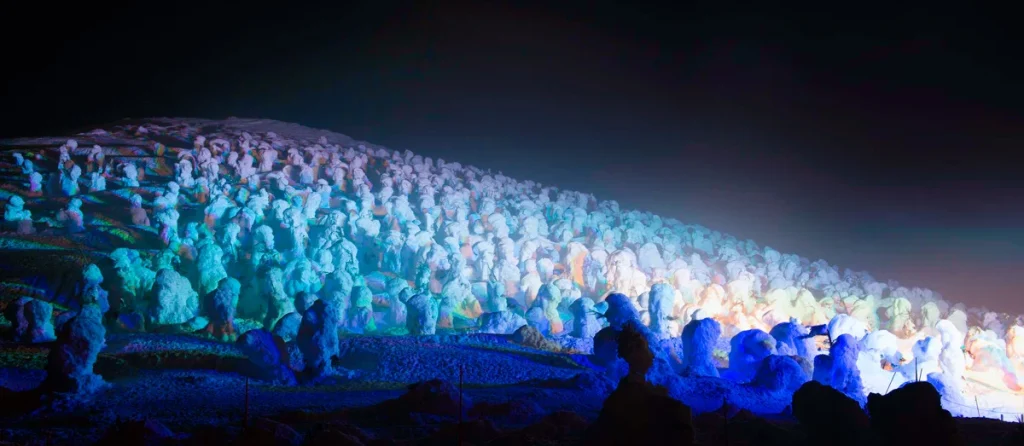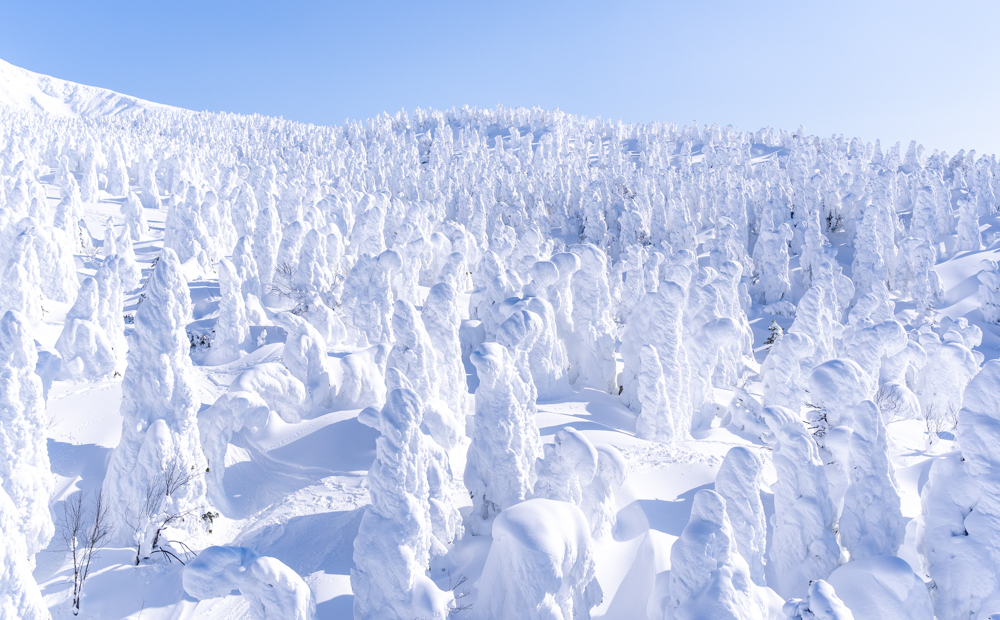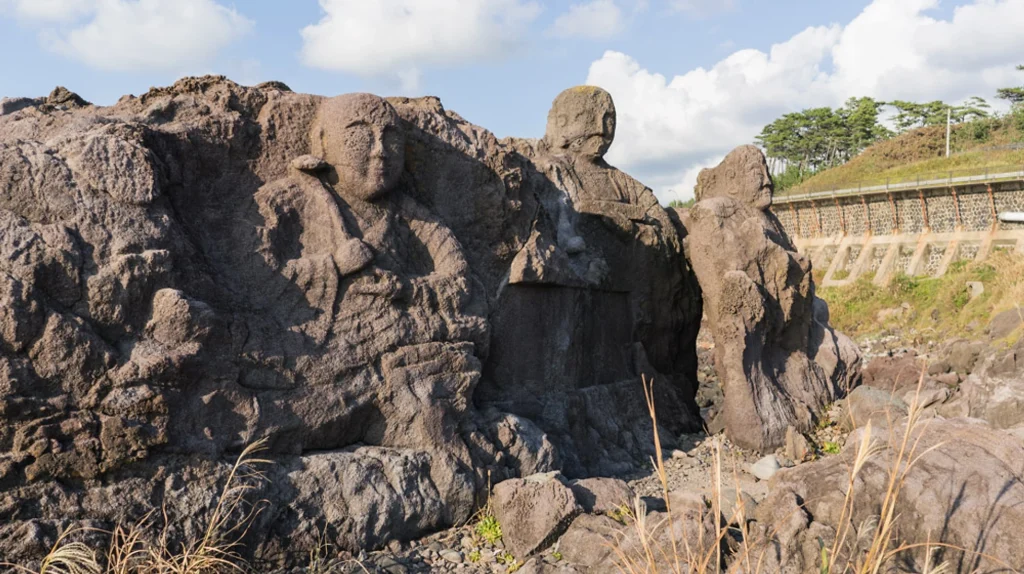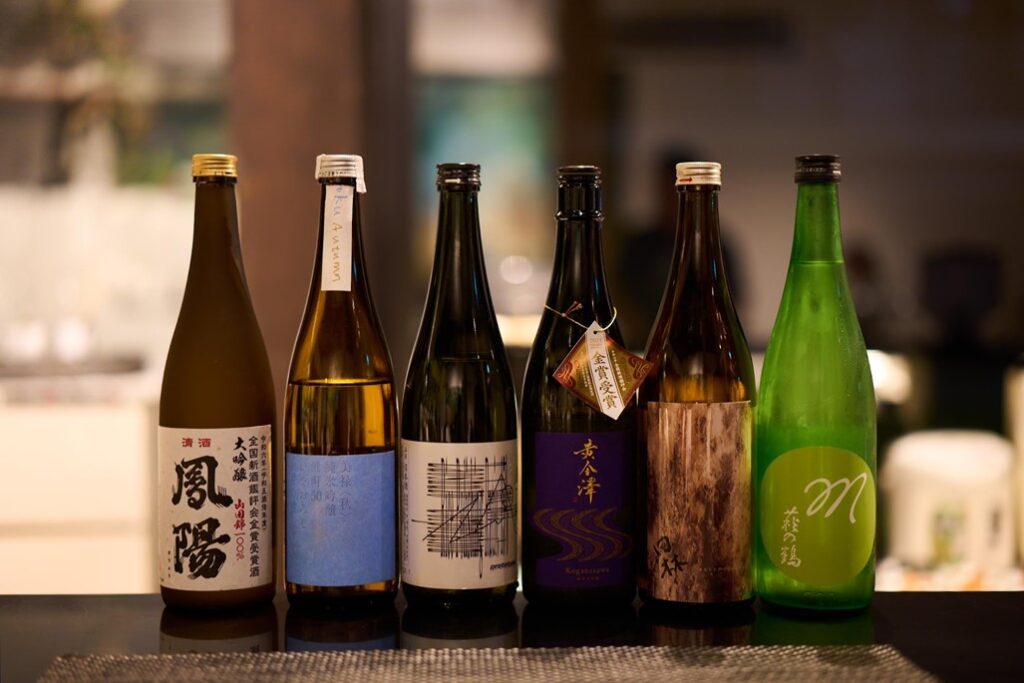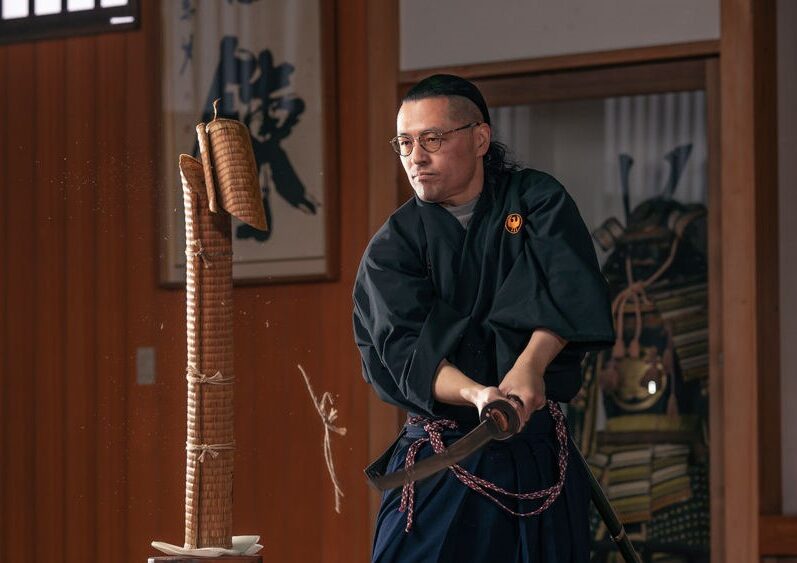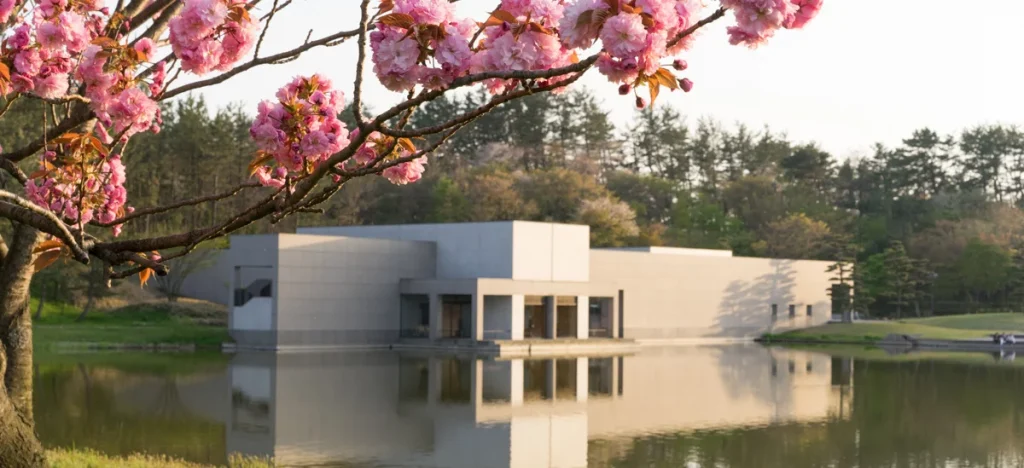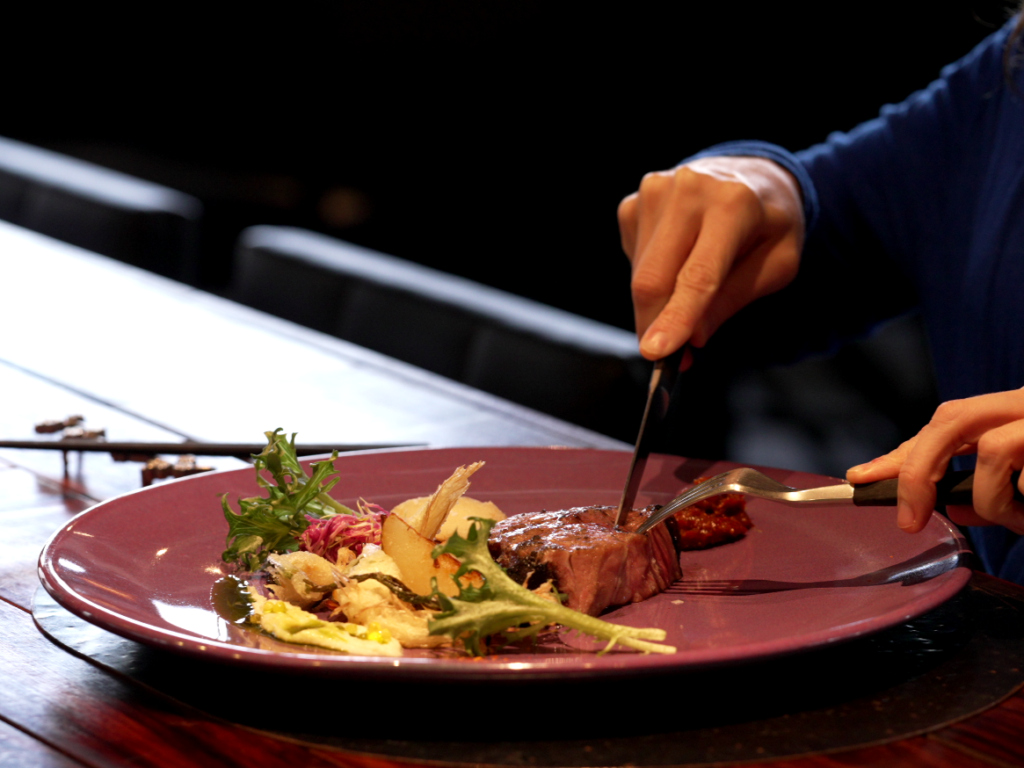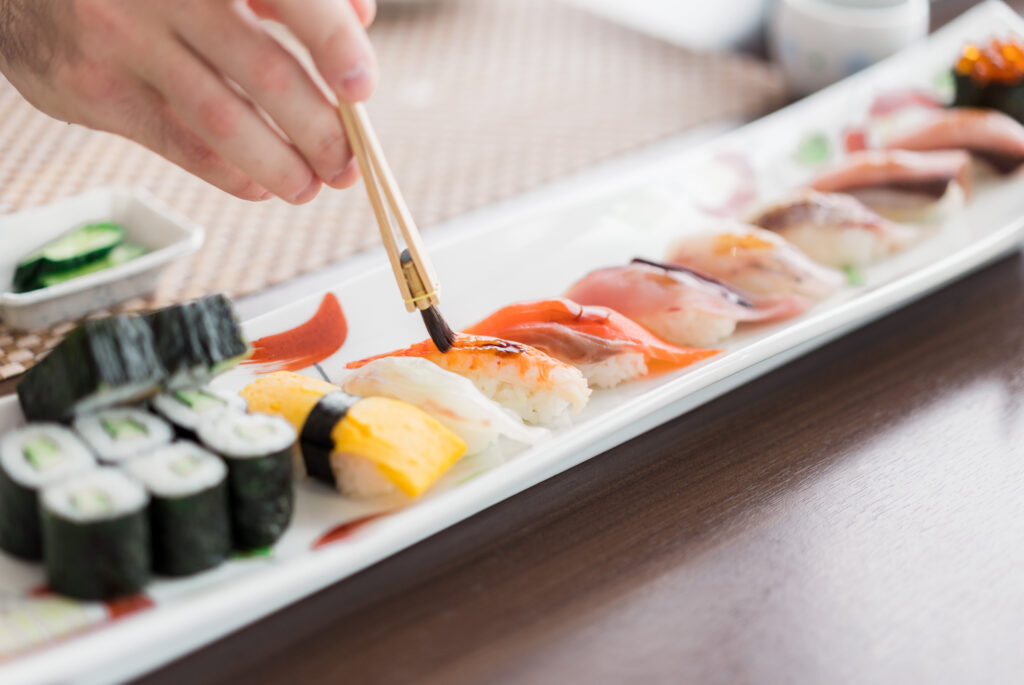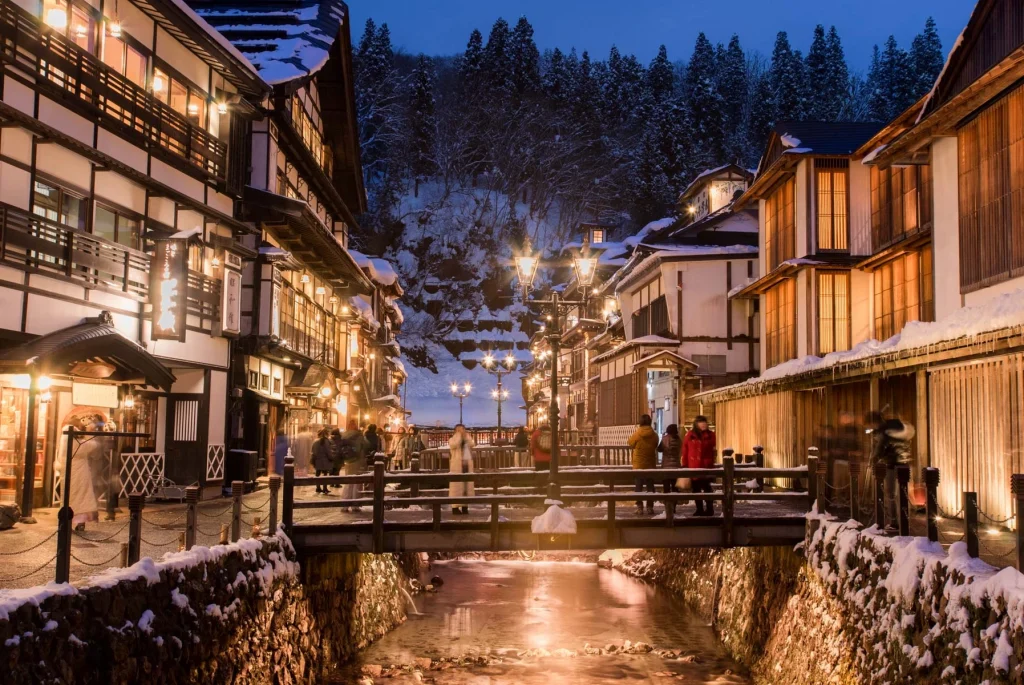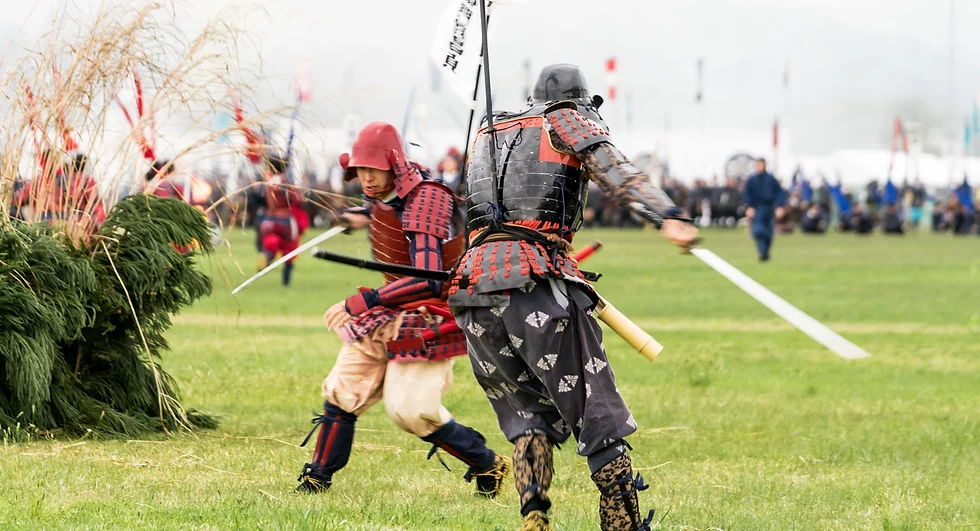
Yamagata and Miyagi Prefecture
A rare combination of atmospheric conditions and tree variety: the juhyo effect
They go by a number of names—“snow monsters,” “ice monsters,” “shrimp tails,” but the unusual natural phenomenon known as juhyo which occurs on top of Mount Zao every winter is a strange sight to behold.
The upper subalpine regions of Zao just below Kumano Peak are forested with Maries’ fir, an evergreen conifer indigenous to the central-northern mountain regions of Honshu, and hardy enough to withstand the region’s blazing summers and freezing winters. From late December to mid-march, harsh Siberian winds travel across the North Japan sea and the western plains of Yamagata, battering these wooded mountainsides. In the Zao area, these freezing winds drop two to three meters of snow on the ground, and also glaze the fir trees with freezing condensation.
This rare combination of atmospheric conditions and tree variety creates the juhyo effect: a sustained cycle of ice accumulation that changes these scrubby fir trees into towering surreal oddities of snow and ice. Walking among the juhyo feels a bit like being transported into a real-life Dr. Seussian landscape, albeit on a bone-chilling overcast day, a bit of an ominous one.
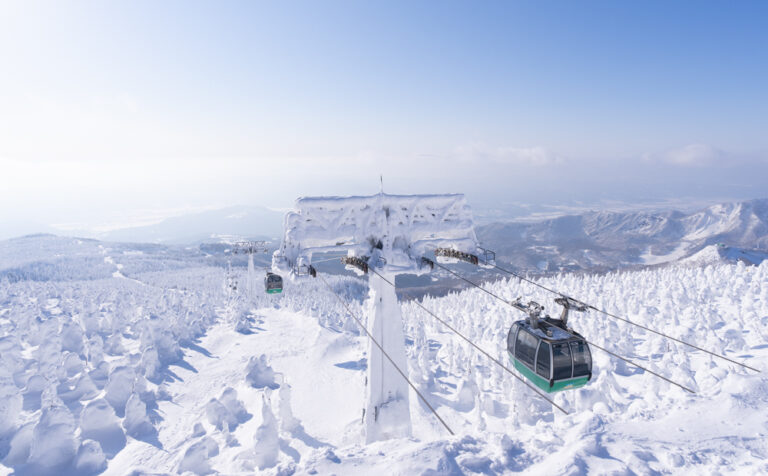
Quick Info
Cost
Round trip fare for ropeway is from 3000 yen.
Opening Hours
Ropeway Hours: 8:30-5:00 (Light up during Snow Monster Night Viewing: 7:50 pm)
Average Duration
1 – 3 hours
Address
229 Zao Onsen, Yamagata, 990-2301
Other tips
We have a private tour available to see the Zao snow monsters here:
A Rare Natural Phenomena

Juhyo are a rare natural event that only occur on a few ranges in northeastern Japan, and Zao Onsen ski resort is an ideal base for observation. The Zao Ropeway Sanchosen is an enclosed ropeway car that travels directly over the juhyo forest, carrying passengers to the upper most ski station Jizo Sancho. The ropeway ride gives exceptional views of the mountainside and the juhyo below, and a café at the station lets visitors take in the silvery-white scenery from the refuge of a cozy table and a hot cocoa.
From Jizo Sancho station, intermediate skiers can take the Zangezaka Juhyogen Course—the most popular course at the resort—and glide among the icy giants. This course can be taken a full 10 kilometers downs to the base of Omori slope.
Typically, juhyo really begin to develop in January, but hit their peak in February. By end of March, these winter visitors have already begun to melt away again. From late December to early March, the resort illuminates areas of the forest with colored spotlights for romantic night viewing opportunities and bills the upper Jizo Station viewing platform as the “Lovers’ Sanctuary.” One can also take a ride in a heated Night Cruiser, I giant 36-person capacity snow tractor that ferries visitors across the slopes. Note that while the ropeways and stations are open at night, night skiing is only available on select slopes—all of which are below the juhyo area.
The Zao Juhyo Festival also takes place for one weekend in early February, which is also accompanied with various festivities and a firework displays.
One final option for seeing the juhyo, and perhaps the most up close and personal one is snow trekking. Away from the busy slopes you can walk among these silent mesmerizing giants. From the Zao Onsen resort side, one can hire a guide, as weather and conditions can change quickly and trekking alone can become dangerous. For the avid snowshoe aficionado though, this truly is a once in a lifetime experience.
Whether you’re a winter adventure type or more of a lodge bunny, Zao Onsen offers opportunities to seek out these bizarre, transfixing, and ultimately fleeting winter apparitions before they disappear again with the first spring thaw.
For those interested in seeing the snow monsters of Zao, check out our private tour we are offering below.
